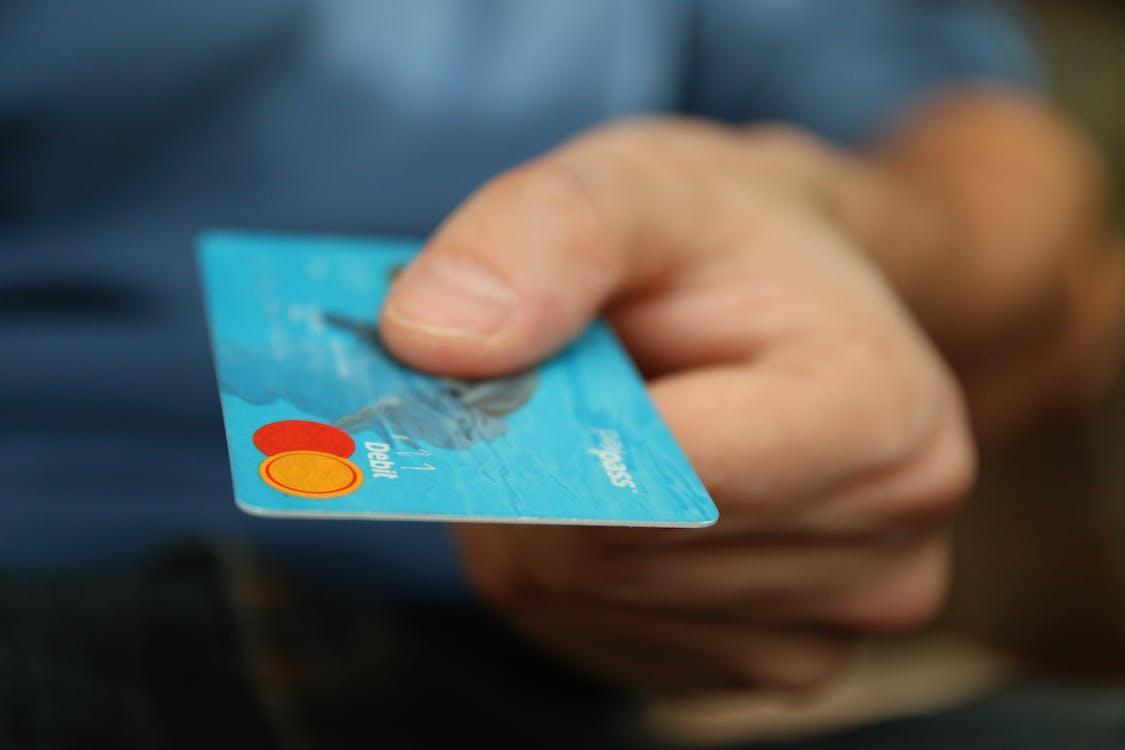If you live in Ontario, it’s possible that the MTO RUS-SO eChannel charge appeared on your bank statement, particularly if you just registered your car or renewed your driver’s license.
To drive in Ontario, a driver must pay the fees set down by the Ministry of Transportation in Ontario (MTO). Continue reading to find out the purpose and details of the MTO RUS-SO eChannel fee.
What Does Your Bank Statement’s MTO RUS-SO E Channel Charge Mean?
The acronym for MTO RUS-SO is as follows:
- Ministry of Transportation, or MTO
- Road User Safety, or RUS
- Service Ontario, or SO
Based on a list from TDCanadaTrust, the Ontario Ministry of Transportation’s merchant acronym is MTO RUS-SO eChannel. Thus, the transaction you carried out with the ministry is referenced by the MTO RUS-SO eChannel charge.
This transaction has to do with renewing a license plate, a driver’s license, or registering a car. It’s a valid charge that usually shows up on your bank statement or credit card statement.
The MTO is the Ontario government’s provincial ministry responsible for overseeing the state’s transportation regulations and infrastructure. It is in charge of policing transportation throughout the province, from vehicle registration to road safety.
Enforcing regulations that guarantee everyone’s safety on the road is one way it accomplishes it. These regulations cover, among other things, the issuing of vehicle permits and the renewal of driver’s licenses and license plates.
Ontario’s Renewal of License Plates
Your car needs to be insured and have a current license plate to operate legally in Ontario. The length of time it takes to renew a license plate varies depending on the kind of car and whether you want to do it for one or two years.
Renewing your license plate with an annual sticker won’t cost you anything. To put it briefly, you just need to get new license plates. Your license plate sticker does not need to be renewed. Effective March 13, 2022, Ontario removed the fees associated with renewing license plate stickers.
Prepare your license plate number, vehicle permit number, insurance company name and policy number, and your car’s odometer reading before renewing your license plate online. Visit the Ontario license renewal website to renew your license plate online.
Your license plate can be renewed up to 180 days before it expires. Generally, the date on your license plate indicates when it expires. For the majority of cars, renewing your license plate costs nothing. This is a list of all the fees associated with renewing license plates in Ontario.
Ontario Driver’s License Fees

Every five years, drivers in the province of Ontario are required to renew their licenses. The following are the fees for a driver’s license:
| Service | Current fee |
| Original driver’s licence (G1, G2, G) | $90 |
| Replace a driver’s license | $90 |
| Replace a driver’s licence | $35.75 |
| Replace a driving instructor’s licence | $35.75 |
| Reinstate a suspended driver’s licence | $281 |
Driver’s license renewal is available at Service Ontario centers or through Ontario’s online payment system. An accepted Mastercard, Visa, or Interac bank transfer can be used to make the payment.
The license to drive is good for five years. Your replacement license will be processed and mailed to you in 4–6 weeks. Every five years, you must renew your license in person at a Service Ontario center or online.
Ontario Vehicle Permit Fees
The following are Ontario’s car permit fees:
| Service | Current fee |
| Vehicle permit: motor vehicle, motorcycle or dealer | $32 |
| Vehicle permit: motor vehicle, motorcycle, or dealer | $72 |
| Oversize/overweight (O/O) permit replacement | $35 |
| Commercial vehicle operator’s registration (CVOR) replacement | $35.75 |
The MTO RUS bank charge on your bank statement may be the result of any one of these three processes: processing vehicle permits, renewing driver’s licenses, and renewing license plates.
The amount will typically appear as an MTO RUS-SO eChannel charge on your debit or credit card statement.
Is the eChannel Charge for MTO RUS-SO a Scam?
Since the MTO RUS-SO eChannel charge originates from the Ontario Ministry of Transportation, it is legitimate. It is usually charged by the ministry as payment for the application or renewal of a driver’s license, car registration, or, in certain situations, traffic citations and other fines.
Generally speaking, you shouldn’t be worried about an MTO RUS-SO eChannel Charge. However, you need to bring this up with the ministry if you can’t recall paying the MTO.
The MTO encounters system malfunctions and faults that lead it to overcharge or charge a specific service more than once, according to complaints made online. Making contact with the MTO to address the matter is the best course of action.
How to Contest an MTO RUS-SO Fee
Here are the procedures to take if the MTO overcharged you or charged you incorrectly:
- Contact the ministry via the form on its website or by calling 416-235-4686, the MTO RUS SO eChannel contact number.
- Ask to speak with an individual who can assist you with your overcharge or improper charge issue by using the voice-activated menu.
- Request that the representative examine your account for any recent charges. If so, find out why these charges are being made.
- If the MTO made a mistake, they ought to be able to fix it quickly.

